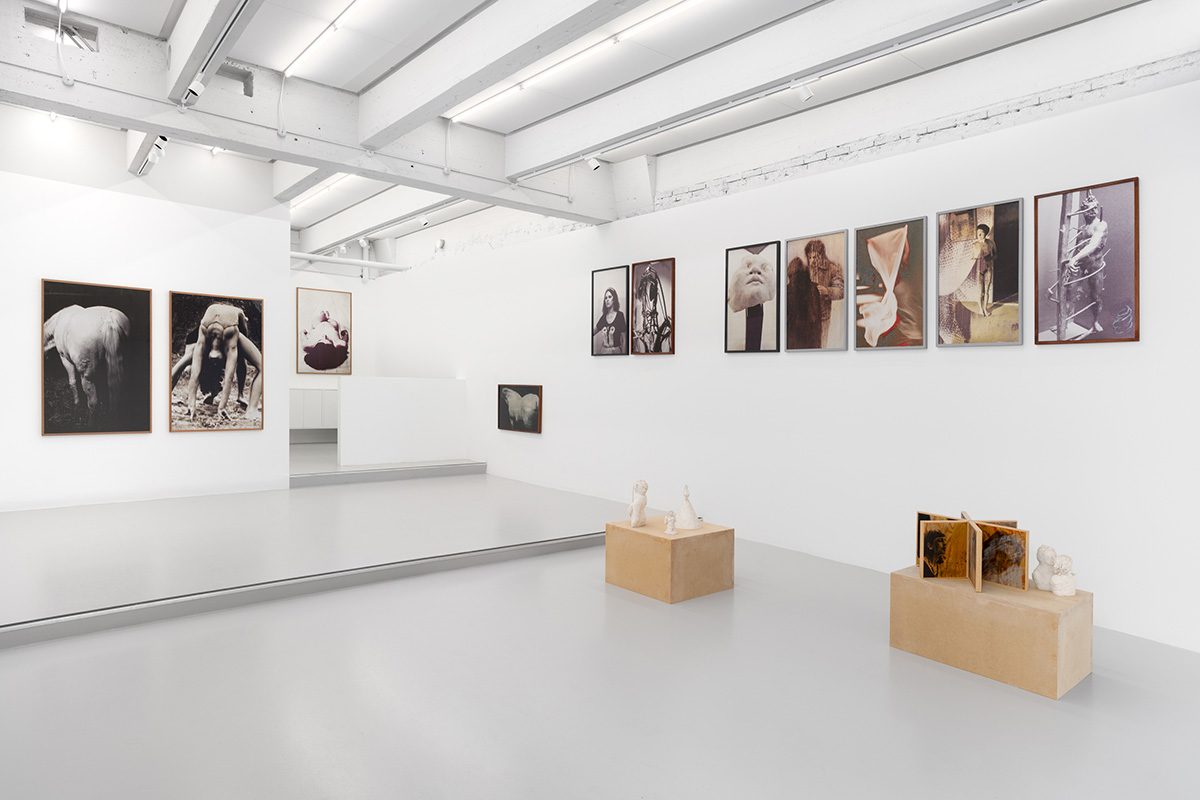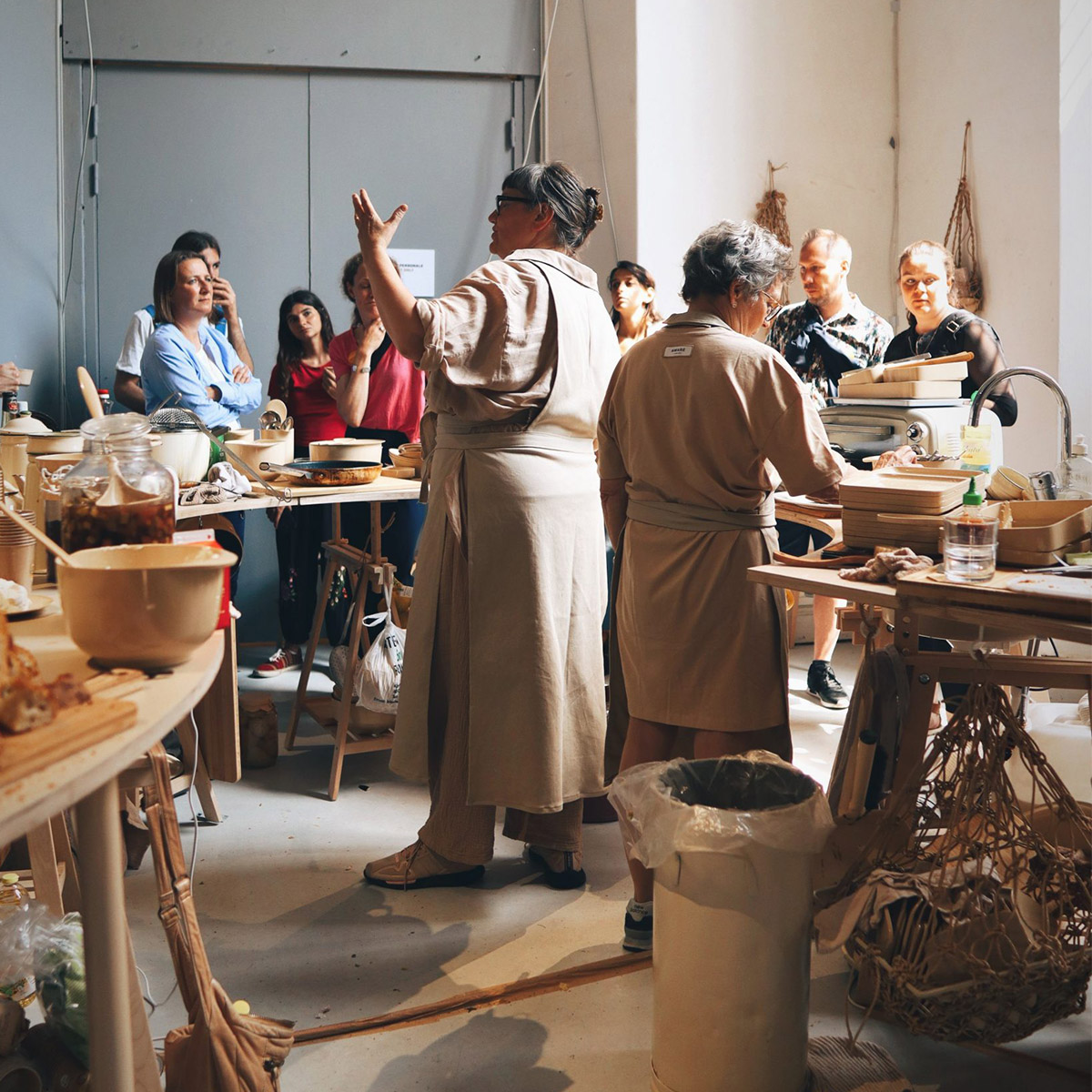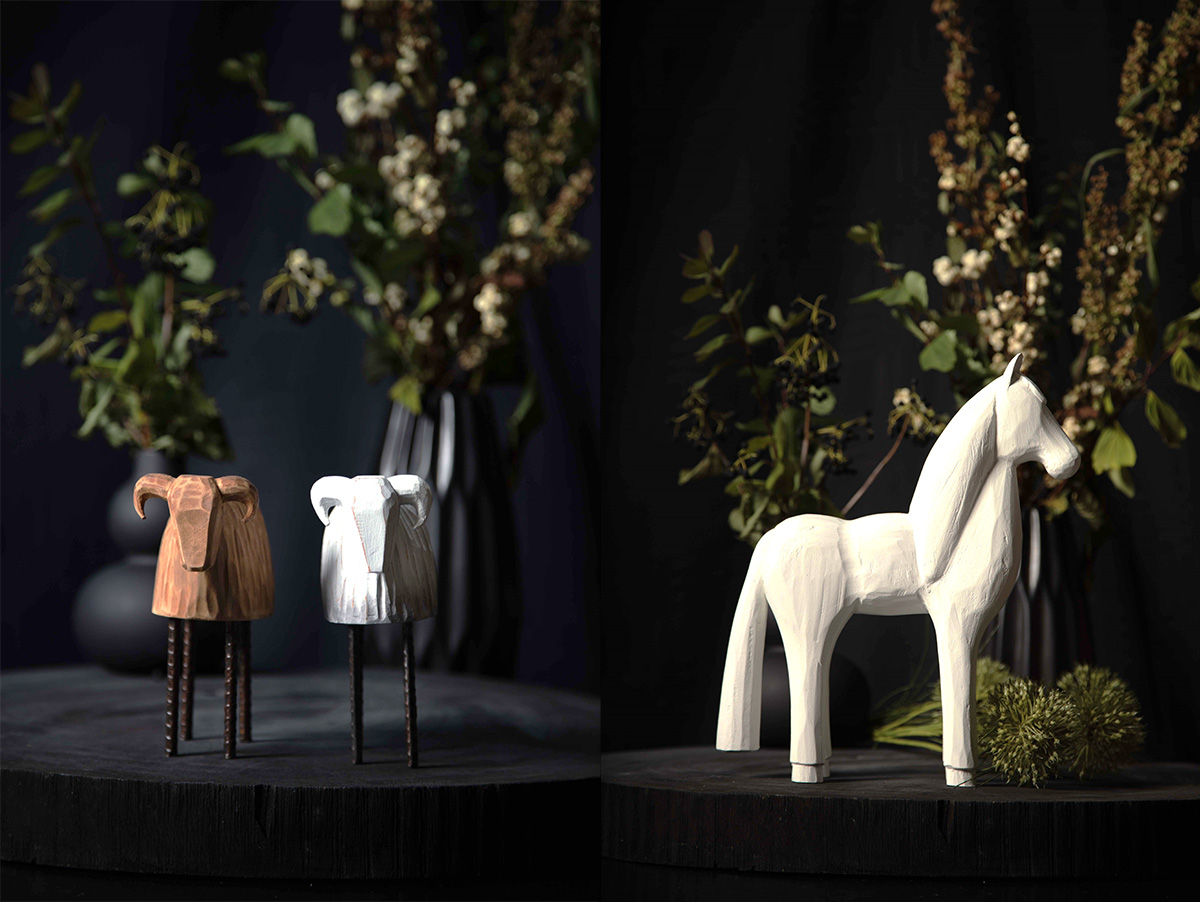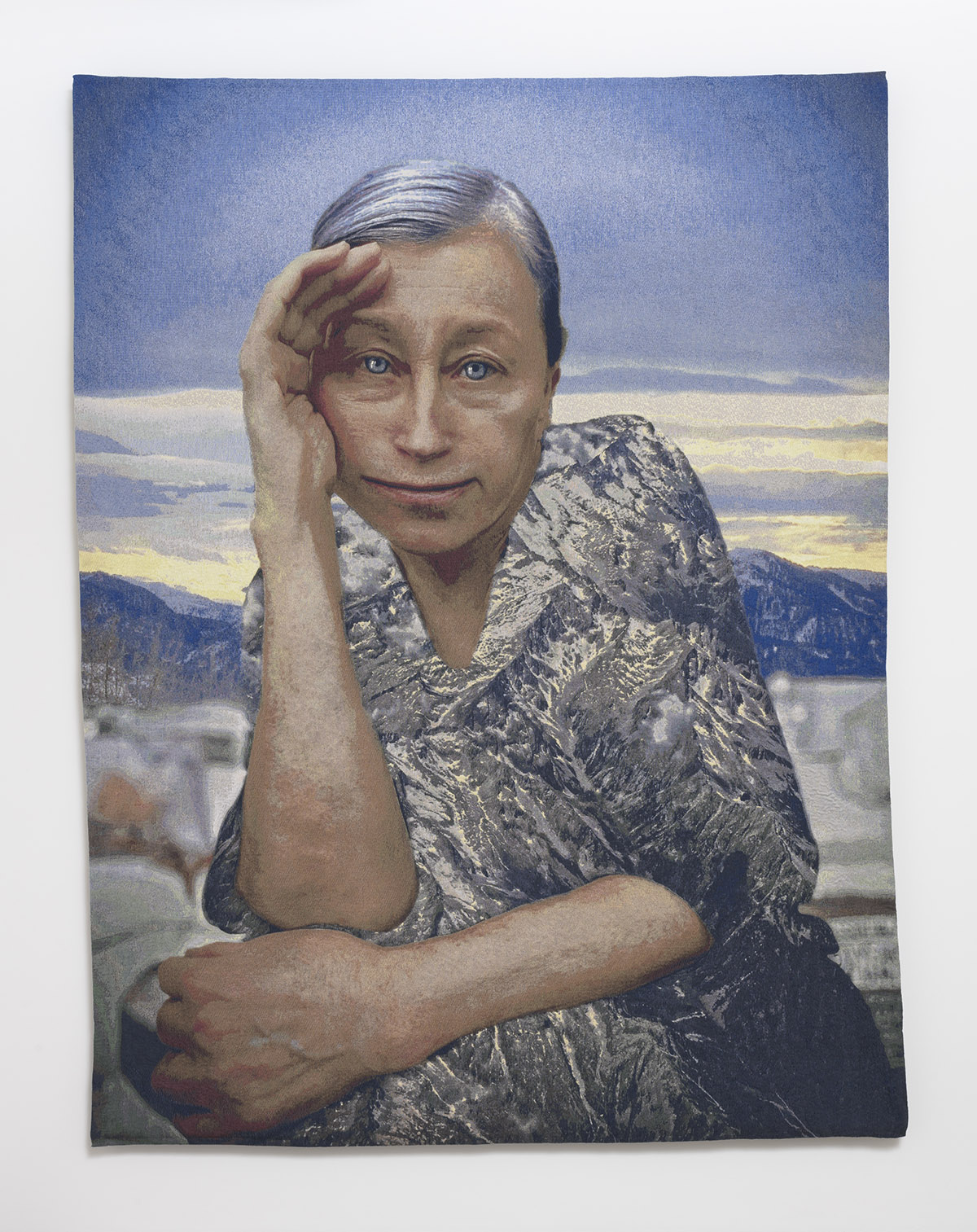Vivid new exhibition pays homage to Danish literary icon Karen Blixen
By Lena Hunter | Photos: Karen Blixen Museum
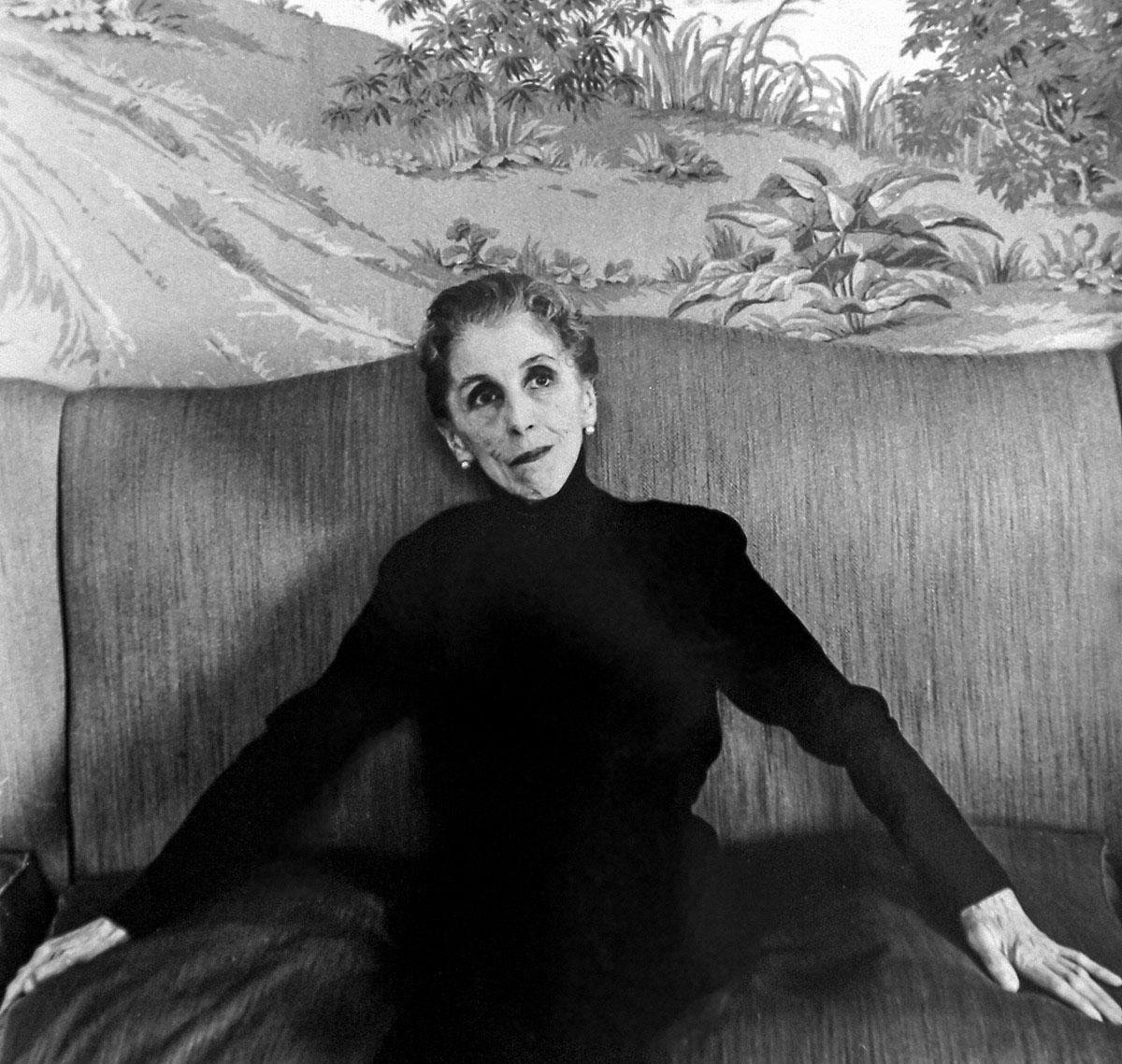
Karen Blixen by Jane Sprague.
The Karen Blixen Museum, north of Copenhagen, at the beautifully preserved Rungstedlund family estate of the renowned Danish author, is a cultural, historical and ecological oasis. The museum is a living homage to one of Denmark’s most widely translated writers: a vibrant house of literature, hosting talks by writers, artists and researchers on contemporary cultural topics. In October, a fascinating new exhibition of silver, pearl and diamond jewellery, inspired by her novels, will open – shedding new light on Blixen as a captivating storyteller and adventurer.
Danish writer Gustava Brandt once described Karen Blixen as “both old fashioned, completely up to date and ahead of her time”, pointing not only to the eminently modern themes of her writing – sexuality and gender, destiny and faith, and our role in nature – but to a free-thinker, climate activist, and career woman who refused to wear the 20th-century straightjacket of gender and class.
Blixen was born in 1885. Though she had a privileged childhood at Rungstedlund, she was prevented from attending school with her brothers. Instead, she drew and painted, aspiring to be an artist. Despite it being an unacceptable occupation for women at the time, Blixen spent four years training as an artist, and her pervading aesthetic sense formed the basis of her vivid writing.
As a young woman, Blixen could not reconcile herself with the conventions expected of her and was deeply depressed. She took to Africa with her husband to manage a coffee farm but, after 17 years, she returned to Denmark, divorced, ruined and purposeless. Only then, in 1934 at 49 years old, did she pen her first work. Seven Gothic Tales, published under the pseudonym Isak Dinesen, was an unbridled success in America – though it was panned in Denmark for being too liberal. Blixen followed with Out of Africa in 1937 – her best-known work.
A new TV series on Viaplay dramatising her life has rekindled Blixen’s story in the popular imagination, turning the spotlight on Blixen as a cultural and literary figure. “Recently, Karen Blixen has had something of a renaissance. She was, and still is, a role model for women, and indeed anyone who wonders about their purpose in life,” says museum director Elisabeth Nøjgaard.
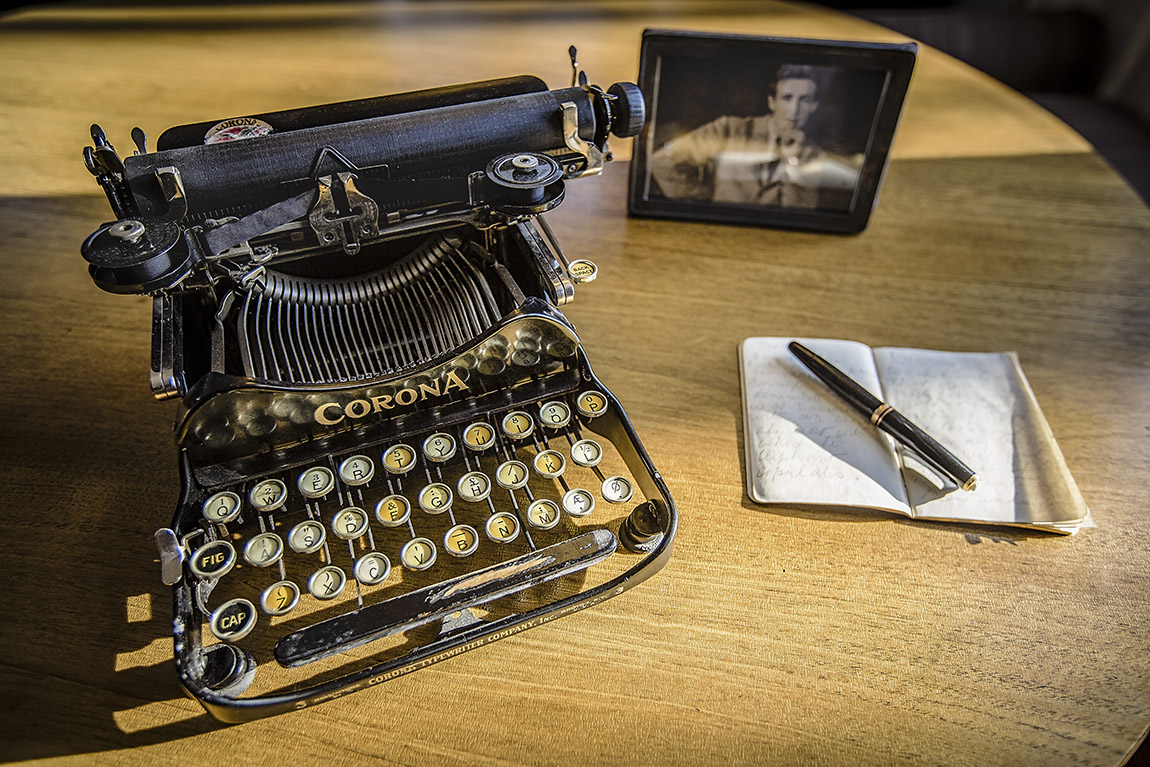
Karen Blixen’s typewriter. Photo: Annemette Kuhlmann
Silver Tales: 6 October 2022 – 30 April 2023
On 6 October, a new exhibition at the Karen Blixen Museum, Silver Tales, will shed more new light on Blixen’s work. Co-curated by Nøjgaard and jewellery writer Nina Hald, 40 contemporary jewellery artists and designers have created items in silver, pearl and diamond, inspired by quotes from five of Blixen’s major novels in which jewellery plays a symbolic role.
Blixen’s own jewellery box was modest, but the pieces she wore carried sentimental value, associated with both love and loss. “With these magnificent pieces in silver, pearl and diamond, we have found a different entry into Karen Blixen’s literary universe, through a new artistic challenge,” says Nøjgaard.
“We tell, for example, a story of newly-weds from Winter’s Tales, in which the husband gifts his wife an heirloom pearl necklace. The necklace breaks and, once repaired, he becomes obsessed that his wife should count the pearls to be sure the goldsmith has not cheated them. She refuses – but feels the implication of the theft in its new lightness. When she can no longer resist the urge to count the pearls, she finds there is one more than there should be, and the extra pearl is so large and fantastic, it appears to be worth more than all the rest together.”
“In that process, the wife develops into a stronger, more independent woman, whereas the husband becomes smaller and smaller, obsessed with the necklace and having an heir. In losing the sensuality and marital love that she dreamed for, she’s alone, but strong. She muses on whether they are not in fact pearls, but a golden chain. These are the kinds of richly symbolic stories we explore in Silver Tales.”
Follow in Blixen’s footsteps
Elsewhere at Rungstedlund, Blixen’s well-preserved writer’s home is open to the public, decorated with original family furnishings, cherished belongings from her time in Africa, and fresh bouquets of flowers – just as she always had. Here, the permanent exhibition Courage Humour Love tells the vibrant tale of her superb literary works and spectacular life in posters, photos, new documentary films and historic sound recordings.
An ardent ecological activist, Blixen established a 15-hectare bird sanctuary on the Rungstedlund grounds – managed today by the Danish Ornithological Society – in which she is buried. “In doing so, she established a meaningful place for all who ponder on what literature, nature and storytelling can teach us about humankind,” says Nøjgaard.
In September, Queen Margrethe II visited the museum to present the Rungstedlund Prize to Danish writer Peter Høeg for his ‘belief in the authority of the story, great global and historical wingspan, and the mixture of melancholy and laughter that follow in Blixen’s literary footsteps’. As a site of significant cultural heritage, the Karen Blixen Museum continues to inspire – just as Blixen did herself.
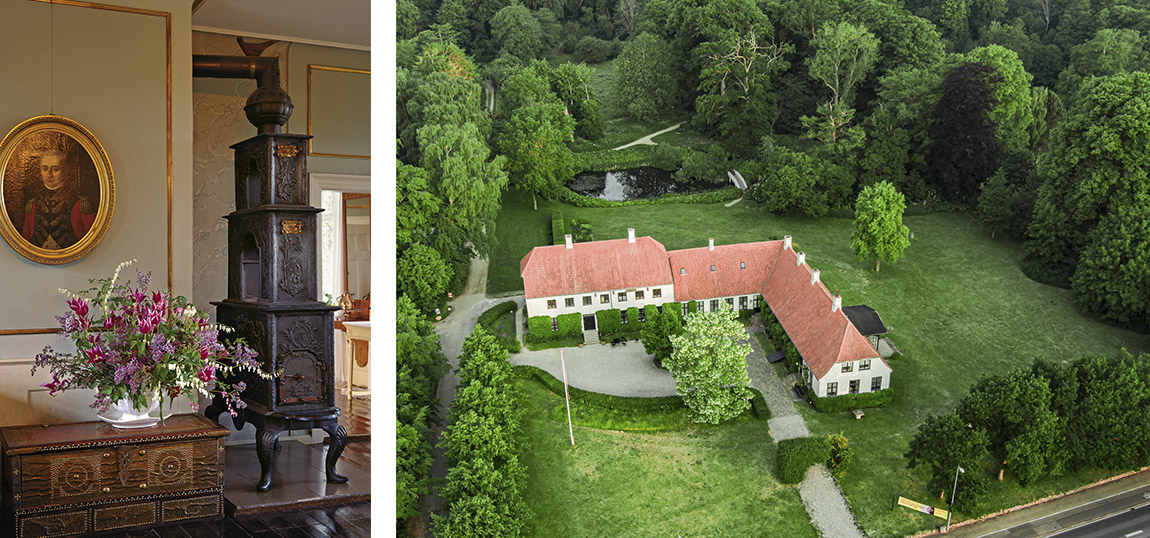
Left: The chimney room. Photo: Jens Linde. Right: Aerial shot. Photo: Peter Leschly
Web: www.blixen.dk Instagram: @karenblixenrungstedlund Facebook: Rungstedlund
Subscribe to Our Newsletter
Receive our monthly newsletter by email

